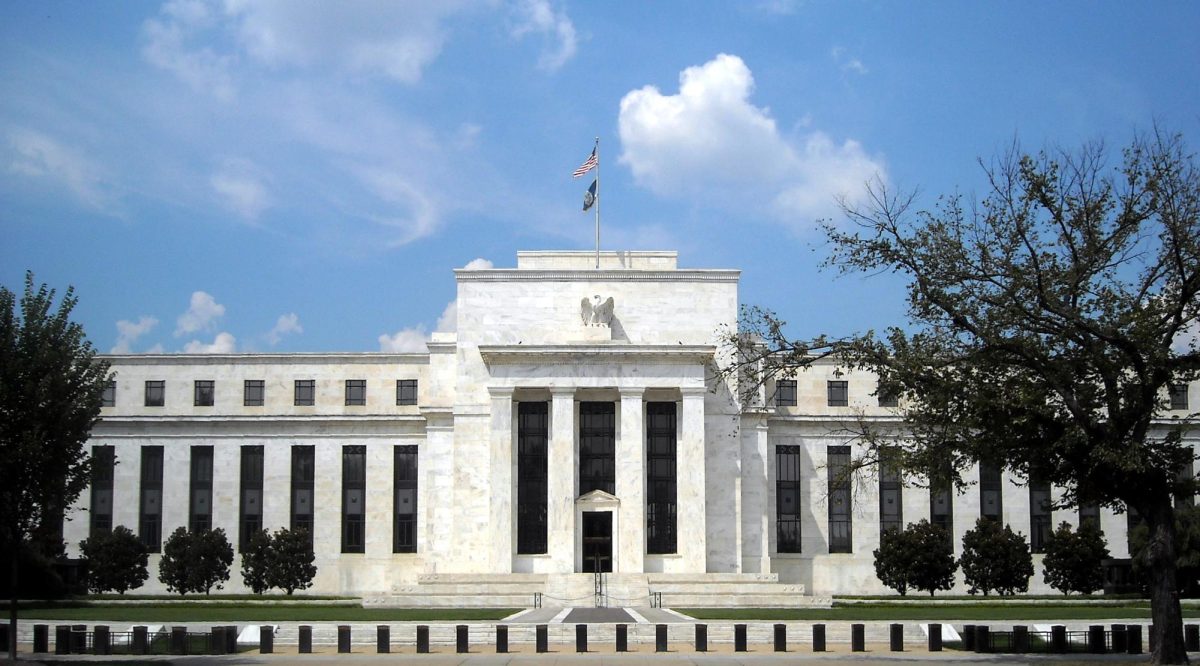Federal regulators have proposed stricter rules to bolster the banking sector’s resilience on Aug. 29.
The rule comes amid a wave of capital rules introduced after the collapse of Silicon Valley Bank, Signature Bank and First Republic Bank in spring 2023.
The rule that American banks with at least $100 billion in assets would be required to hold around $70 billion in new long-term debt to “absorb losses that may otherwise be borne by uninsured depositors and certain other creditors of the subsidiary IDI in the event of the failure.”
According to the Federal Deposit Insurance Corporation, $31.5 billion was used out of the $128.2 billion in the Deposit Insurance Fund, which protects depositors of failing banks.
FDIC chair Martin Gruenberg also noted that long-term debt could have acted as a buffer and “would have met the least-cost resolution requirement.”
“While many regional banks have some outstanding long-term debt, the new proposal will likely require issuance of new debt,” Gruenberg said in a speech at the Brookings Institution. “Since this debt is long-term, it will not be a source of liquidity pressure when problems become apparent. Unlike uninsured depositors, investors in this debt know that they will not be able to run when problems arise.”
Gruenberg cited recent bank failures as what “makes a compelling case for action by the federal bank regulatory agencies to address the underlying vulnerabilities that made the failure of these institutions possible.”
Conditionally, Michael Barr, Vice Chair of Supervision at the Federal Reserve, agreed with Gruenberg’s statement, saying one of the lessons learned from the spring’s bank failures was that regulators must “ensure that we have strong supervision and regulation to make the financial system safer and fairer.”
However, investors and analysts share a concern for the proposal’s framework because it burdens regional banks with more costs and potentially decreases lending output.
Issuing new debt will force lenders to turn to corporate bonds, municipal bonds and other forms of long-term debt in a market where unfavorable interest rates make it a costly process that could cut into midsized and regional banks’ earnings.
“That will be a large amount that they will be asking investors to take on,” Matthew Bisanz, a partner at Mayer Brown, told Reuters. “It’s going to cost them more to issue this type of debt.”
Typically, increasing capital requirements make it more expensive for banks to finance consumers, resulting in decreased activity throughout the bank’s services.
“And so, one of the things we know from history is that better-capitalized banks tend to be more willing to make loans during periods of distress, which is when we most need that lending,” Kathryn Judge, a professor at Columbia Law School said on an episode of Bloomberg’s Wall Street Week. “So my guess is vice chair Barr’s response would be, ‘even if we have a little less lending during the good times, were going to have more lending when we most need it during the bad times in ways that are going to make us overall better off.’”
The FDIC will collect comments on these proposals, modify them, and start having large banks implement the new framework as early as 2025, with full compliance from all banks by 2028.
“The agencies must consider the complete picture — and give a thorough accounting of the complete costs and benefits — of these proposals,” Greg Baer, CEO of Bank Policy Institute, told Reuters. “Without careful consideration and calibration, there is a risk these proposals could damage the institutions they seek to strengthen.”









Tom • Sep 19, 2023 at 7:35 pm
Vincent, this is fantastic!